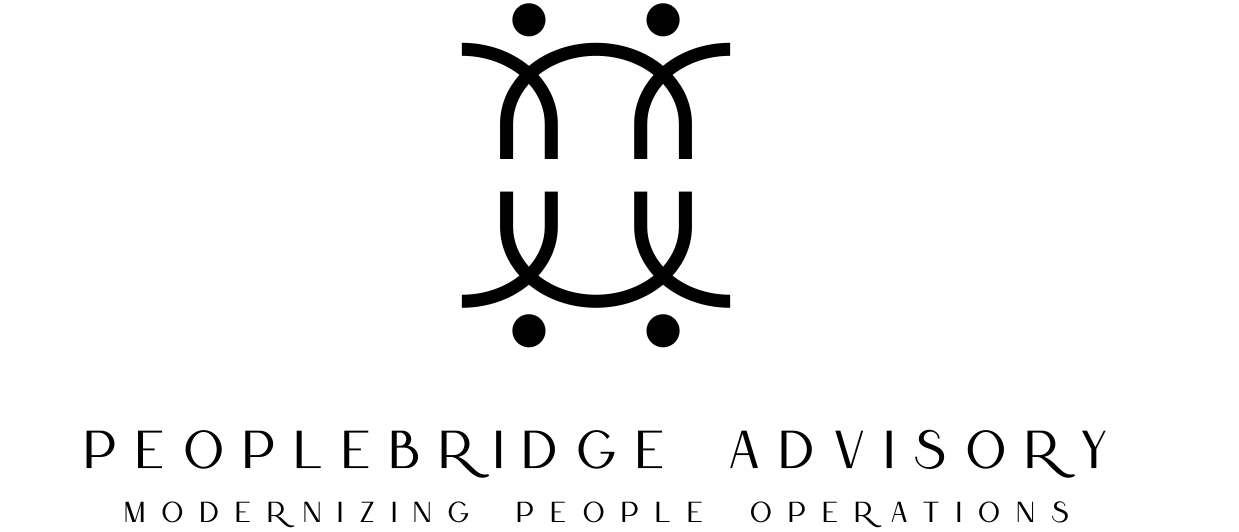New Year - New Habits.
Understanding employee engagement is foundational for any organization. Accessing and interpreting the right engagement metrics could help refine your company culture and performance.
Understanding Pulse Surveys
Pulse surveys are gaining traction as a preferred method for capturing real-time employee sentiment, replacing the traditional lengthy employee surveys. The inherent agility in pulse surveys allows leaders to take timely and relevant actions based on current feedback and identify trends. With pulse surveys, you get a regular read on your organization's health, pinpointing areas of wins and those needing attention.
The frequent feedback loop ensures that employees feel valued and heard. As highlighted by Qualtrics (https://www.qualtrics.com/experience-management/employee/what-is-employee-pulse-survey/) when employees have the chance to voice their thoughts more frequently, they're significantly more likely to champion their employer. The level of satisfaction is not just about feeling good, it's about implementing tangible improvements within your operation.
Critical Engagement Metrics for Analysis
Beyond surveying, interpreting engagement metrics forms the core of HR analytics. Employee turnover rates, absenteeism, productivity levels, and quality-of-hire are all telling figures. Each metric offers unique insights into how policies and practices influence day-to-day operations and team morale. Understanding the numbers elevates executives from spectating to actively shaping a workforce.
However, data-driven insights only manifest their true power when manifest into actionable strategies that engage employees more profoundly, which in turn amplifies business outcomes. Employees will participate in pulse surveys more frequently if they experience meaningful change because of their feedback. No change? Far less participation.
Best Practices for Pulse Surveys
To harness the full potential of engagement through pulse surveys, clarity in questions, anonymity for respondents, an emphasis on alignment with larger business objectives; all these components need meticulous attention. It ensures not just quantity but quality responses that translate into gold for your business.
The key factor underlining these practices is relevance; each survey should speak to ongoing projects or immediate concerns within the employee base. This approach ensures that no critical feedback or vital sign slip through the cracks.
Actionable Insights from Engagement Data
Acquiring data is only one phase; deciphering data into actionable insights stands as the turning point in improved employee engagement. Trends and patterns unveiled from analysis direct solid decisions, whether tweaking existing programs or creating fresh initiatives tailored to stimulate performance and job satisfaction. By responding swiftly to the feedback, businesses create pathways towards higher engagement levels and operational excellence.
Creating Organizational Value through Engagement
Raising engagement is synonymous with uplifting an organization’s employee value proposition (why people join and why people stay). An engaged workforce resonates loyalty which spreads throughout the organization, impacting retention levels and attracting new talent seeking workplaces that prioritize human connection alongside career advancement.
Understanding this, utilizing engagement metrics becomes more than an administrative task; it offers a range of tools primed to inform forward-thinking work cultures where innovation and a sense of belonging flourish.
Summary
To navigate successfully through the broad selection of engagement metrics available, a balance is needed between embracing contemporary methodologies like pulse surveys and insightful analyses capable of identifying areas for improvement and then acting!
Let us guide you through the advantages of pulse surveys with our expertise in employee relations and performance management supported by powerful data-driven solutions. We welcome an open dialogue; reach out today to discuss options for improved employee engagement in your organization.


